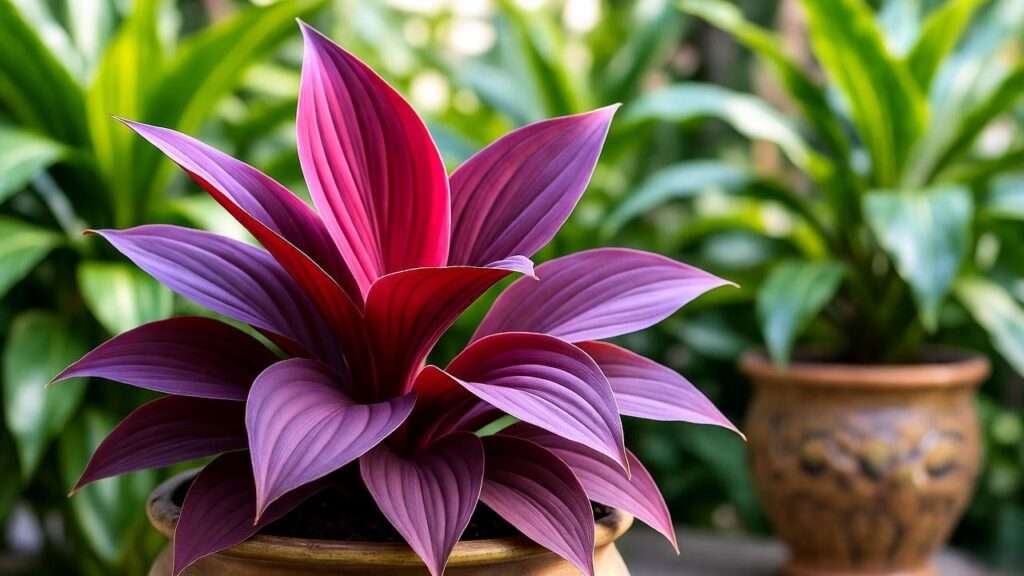Imagine transforming a dull corner of your home into a vibrant oasis with the fiery, red-purple leaves of the Dragon’s Tongue plant. This tropical beauty, known scientifically as Hemigraphis repanda, is stealing the hearts of plant enthusiasts with its compact size, striking foliage, and beginner-friendly care needs. Whether you’re a seasoned gardener or just starting your plant journey, this guide is your roadmap to growing a thriving Dragon’s Tongue plant that turns heads. From ideal lighting to propagation hacks, we’ll cover everything you need to cultivate this showstopper with confidence. Ready to dive into the world of vibrant foliage? Let’s get growing! 🌱
As a horticulturist with years of experience nurturing tropical plants, I’ve seen firsthand how the Dragon’s Tongue plant can elevate any space. Once, I added one to a client’s dim office, and its vivid leaves instantly became the room’s focal point. This article draws on expert insights and practical tips to help you avoid common pitfalls and unlock the full potential of this stunning houseplant.
What Is the Dragon’s Tongue Plant? 🐉
Botanical Background and Characteristics
The Dragon’s Tongue plant, or Hemigraphis repanda, is a low-growing perennial native to Southeast Asia’s lush, tropical forests. Its name comes from its elongated, crinkled leaves, which boast a glossy green surface and a vibrant red-purple underside. Typically growing 6–12 inches tall, this plant spreads horizontally, making it a versatile choice for various settings. Its small, white flowers occasionally bloom, but the real star is the foliage, which adds a pop of color year-round.
Why Choose a Dragon’s Tongue Plant?
Why is this plant a favorite among indoor gardeners? Its compact size fits perfectly in small apartments, offices, or even terrariums. The Dragon’s Tongue is also low-maintenance, forgiving minor care mistakes, which makes it ideal for beginners. Plus, its bold colors complement other plants, creating stunning displays in mixed planters or shaded garden beds. Whether you’re aiming for a tropical vibe indoors or a lush ground cover outdoors, this plant delivers. 🌿
Ideal Growing Conditions for Dragon’s Tongue 🌞
Light Requirements
To keep your Dragon’s Tongue plant’s colors vibrant, provide bright, indirect light. Place it near an east- or west-facing window indoors, where it can soak up filtered sunlight. Outdoors, it thrives in partial shade, as direct sunlight can scorch its delicate leaves, causing colors to fade. A common mistake is assuming it can handle low light indefinitely—it tolerates it but may lose its vivid hues. Rotate the plant occasionally to ensure even light exposure for balanced growth.
Pro Tip: If the leaves start looking dull, move the plant closer to a light source, but avoid harsh midday sun.
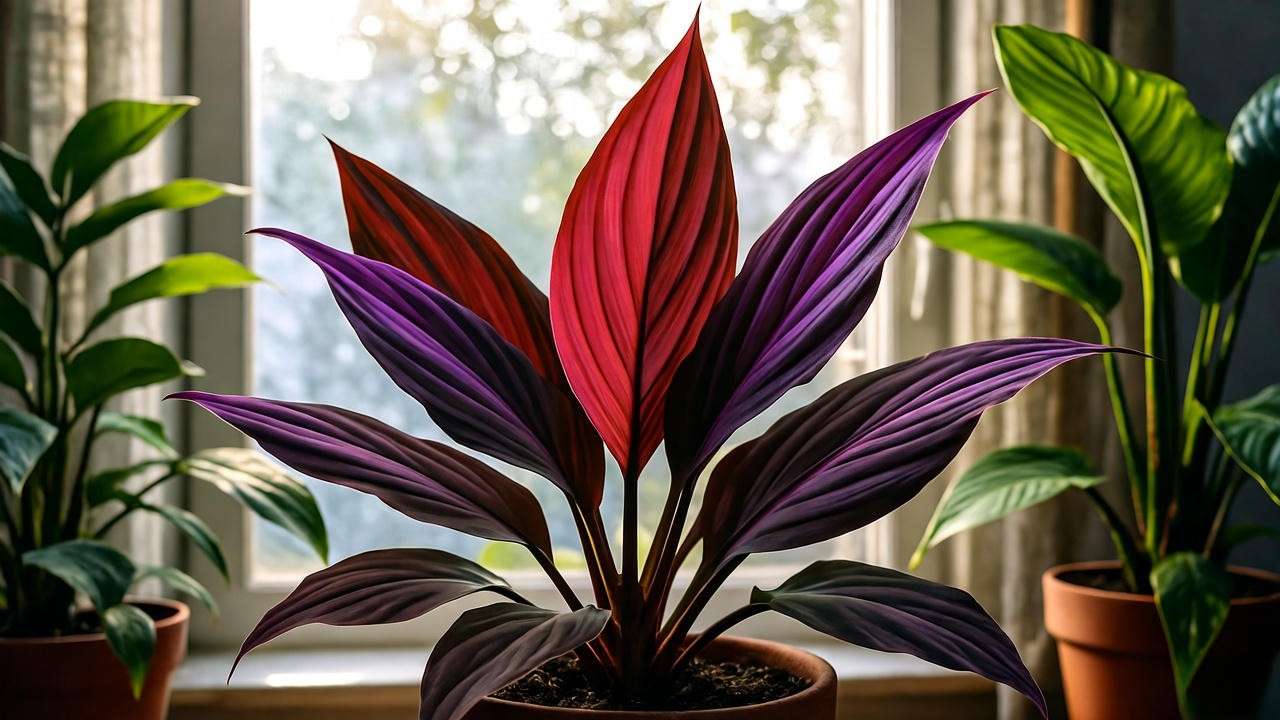
Temperature and Humidity
Native to tropical climates, the Dragon’s Tongue loves warmth and humidity. Aim for temperatures between 65–80°F (18–27°C). It can tolerate brief dips to 60°F but struggles below that. Humidity is key—aim for 50–70% to mimic its natural habitat. Indoors, boost humidity with a pebble tray filled with water or a humidifier, especially in dry winter months. Outdoors, ensure it’s sheltered from cold drafts or sudden temperature drops.
Expert Insight: Grouping your Dragon’s Tongue with other humidity-loving plants, like ferns or calatheas, creates a microclimate that keeps everyone happy. 💧
Soil Preferences
This plant thrives in well-draining, slightly acidic soil with a pH of 6.0–6.5. A mix of potting soil, perlite, and peat moss works wonders, ensuring good drainage while retaining enough moisture. For a DIY mix, combine two parts potting soil, one part perlite, and one part peat moss or coconut coir. Avoid heavy, clay-like soils that trap water, as they can lead to root rot.
DIY Soil Recipe:
- 50% high-quality potting soil
- 25% perlite for drainage
- 25% peat moss or coir for moisture retention
Step-by-Step Care Guide for Dragon’s Tongue 🌱
Watering Best Practices
The Dragon’s Tongue plant prefers consistently moist soil, but soggy conditions are a no-go. Water every 5–7 days, adjusting based on your climate and season. In warmer months, you may need to water more frequently, while in winter, cut back slightly. Check the top inch of soil—if it feels dry, it’s time to water. Use room-temperature water to avoid shocking the roots, and ensure your pot has drainage holes to prevent waterlogging.
Signs to Watch:
- Overwatering: Yellowing leaves, mushy stems, or a musty smell.
- Underwatering: Wilting or drooping leaves.
Pro Tip: If you’re unsure, err on the side of underwatering—it’s easier to revive a thirsty plant than one with root rot.
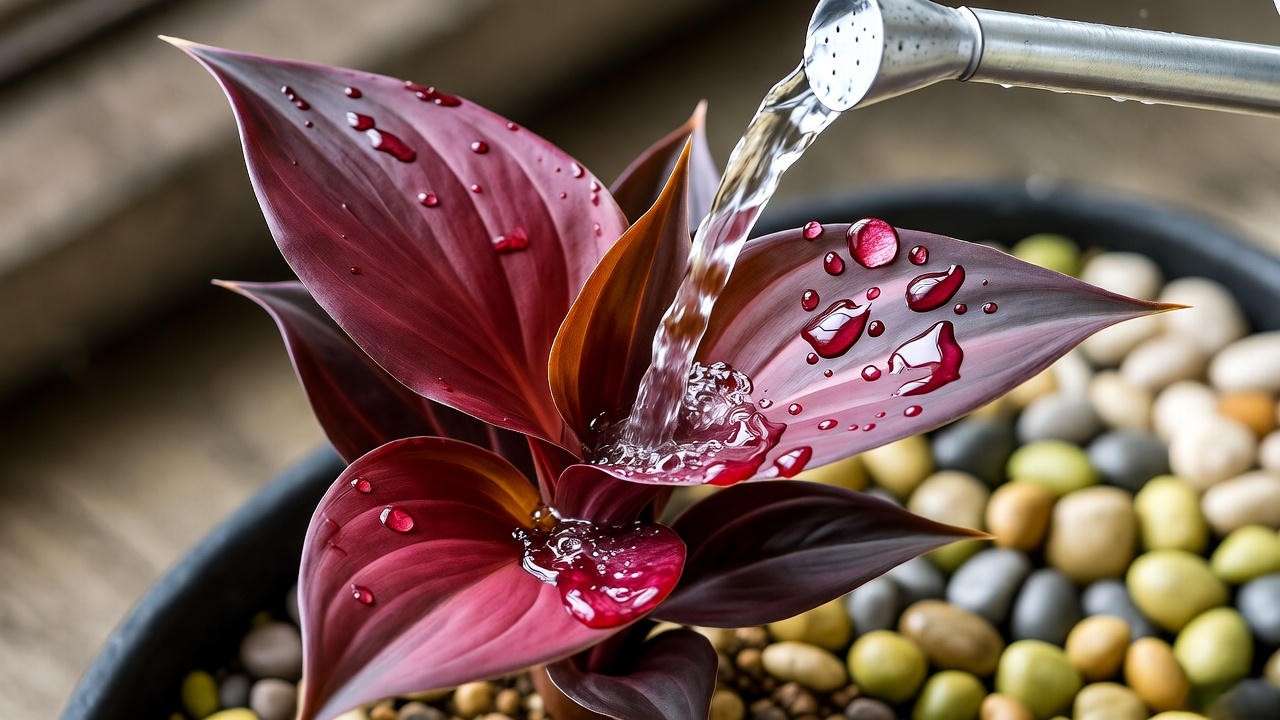
Fertilizing for Healthy Growth
Feed your Dragon’s Tongue monthly during spring and summer with a balanced, water-soluble fertilizer (e.g., 10-10-10) diluted to half-strength. This supports lush foliage without overwhelming the plant. In fall and winter, when growth slows, skip fertilizing altogether. Over-fertilizing can cause leaf burn or leggy growth, so stick to a light hand.
Expert Tip: Organic options like fish emulsion or compost tea can work well if you prefer natural fertilizers, but always dilute to avoid nutrient overload. 🌿
Pruning and Maintenance
Regular pruning keeps your Dragon’s Tongue bushy and vibrant. Use clean, sharp scissors to trim leggy stems, encouraging fuller growth. Remove any yellowing or dead leaves to maintain aesthetics and prevent disease. Dust can accumulate on the crinkled leaves, so gently wipe them with a damp cloth to boost photosynthesis and keep the plant looking fresh.
Maintenance Hack: Pinch back the tips of stems every few months to promote branching and a compact shape. ✂️
Propagating Dragon’s Tongue: Grow More for Free! 🌿
Propagation Methods
Want more Dragon’s Tongue plants without spending a dime? Propagation is easy and rewarding. Here are two reliable methods:
- Stem Cuttings:
- Cut a 4–6-inch stem with at least two nodes (where leaves attach).
- Remove lower leaves and place the cutting in water or moist soil.
- Keep in bright, indirect light and maintain high humidity.
- Roots should form in 2–4 weeks. Transfer water-rooted cuttings to soil once roots are 1–2 inches long.
- Division:
- During repotting, gently separate the plant into smaller clumps, ensuring each has roots.
- Replant in fresh soil and water thoroughly.
- Ideal for mature, overcrowded plants.
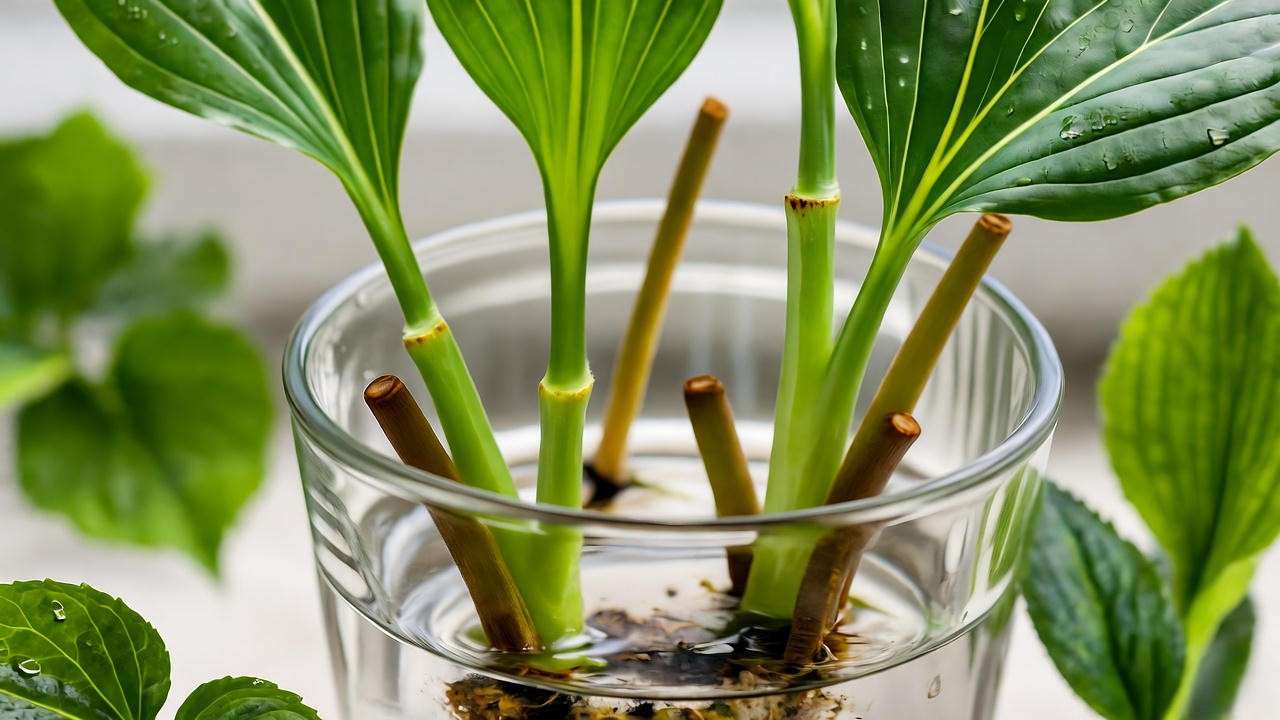
Best Time: Spring or early summer, when the plant is actively growing.
Tips for Successful Propagation
- Use sterile tools to prevent infection.
- For water propagation, change the water every few days to keep it fresh.
- Maintain high humidity with a plastic bag or propagation dome for soil cuttings.
- Be patient—roots take time, but the reward is worth it! 🌱
Common Problems and Solutions 🛠️
Pests and Diseases
While generally resilient, the Dragon’s Tongue can attract pests like spider mites, aphids, or mealybugs. Regularly inspect the undersides of leaves for tiny webs or sticky residue. Prevent infestations by maintaining good air circulation and avoiding overwatering. If pests appear:
- Wipe leaves with a damp cloth to remove minor infestations.
- Apply neem oil or insecticidal soap for stubborn cases, following product instructions.
Fungal issues, like root rot, stem from overwatering. Ensure proper drainage and let the soil dry slightly between waterings to keep fungi at bay.
Troubleshooting Leaf Issues
- Fading Colors: Increase light exposure, but avoid direct sun.
- Drooping Leaves: Check for underwatering or poor drainage.
- Brown Spots: Could indicate low humidity, pests, or fungal issues. Boost humidity and inspect for pests.
Expert Advice: If problems persist, take a photo and consult a local nursery or extension service for tailored advice. 📸
Creative Ways to Display Your Dragon’s Tongue Plant 🎨
Indoor Display Ideas
The Dragon’s Tongue plant’s vibrant foliage makes it a standout in any indoor setting. Here are some creative ways to showcase its beauty:
- Terrariums: Its compact size and love for humidity make it perfect for glass terrariums. Pair it with moss, ferns, or small pebbles for a tropical mini-jungle. Ensure the terrarium has ventilation to prevent mold.
- Hanging Baskets: Let its cascading stems spill over the edges of a hanging basket for a dramatic effect. Place it in a bright corner to highlight its red-purple undersides.
- Mixed Planters: Combine with contrasting foliage plants like golden pothos, calathea, or peace lilies for a vibrant display. The Dragon’s Tongue’s unique texture adds depth to mixed arrangements.
Pro Tip: Use a decorative ceramic pot to elevate its aesthetic appeal, and place it on a shelf where its colors can catch the light. 🪴
Outdoor Landscaping Tips
In warm climates (USDA zones 9–11), the Dragon’s Tongue shines as a ground cover or accent plant in shaded gardens. Try these ideas:
- Ground Cover: Plant in shaded garden beds to create a lush carpet of colorful foliage. It pairs beautifully with hostas, impatiens, or begonias.
- Container Gardens: Use in patio or balcony pots for a tropical vibe. Combine with taller plants like dracaena for a layered look.
- Border Accents: Line walkways or garden edges with Dragon’s Tongue for a pop of color that doesn’t overwhelm the space.
Expert Insight: Outdoors, ensure it’s protected from intense afternoon sun and cold snaps to maintain its vibrancy. 🌞
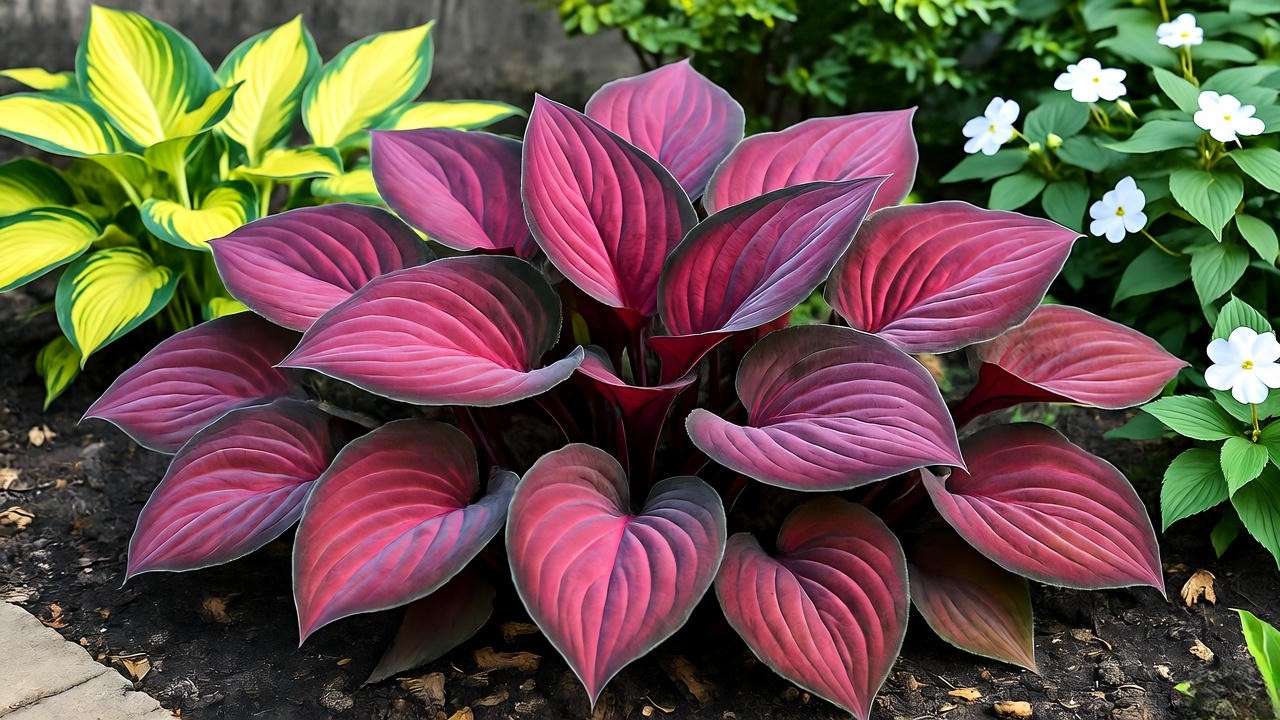
Expert Insights: Maximizing Dragon’s Tongue Vibrancy 🌈
To keep your Dragon’s Tongue plant looking its best, follow these expert tips drawn from years of tropical plant care:
- Enhance Leaf Color: Bright, indirect light is non-negotiable for vivid red-purple hues. If colors fade, gradually increase light exposure over a week to avoid stress.
- Seasonal Adjustments: In spring and summer, ramp up watering and fertilizing to support active growth. In fall and winter, reduce both as the plant enters dormancy.
- Repotting for Longevity: Every 1–2 years, repot into a slightly larger container with fresh soil to replenish nutrients. Check for rootbound signs like roots circling the pot’s base.
Horticulturist Quote: “The Dragon’s Tongue is a forgiving plant, but its true beauty shines when you mimic its tropical roots with consistent humidity and light,” says Dr. Emily Carter, a tropical plant specialist with 15 years of experience.
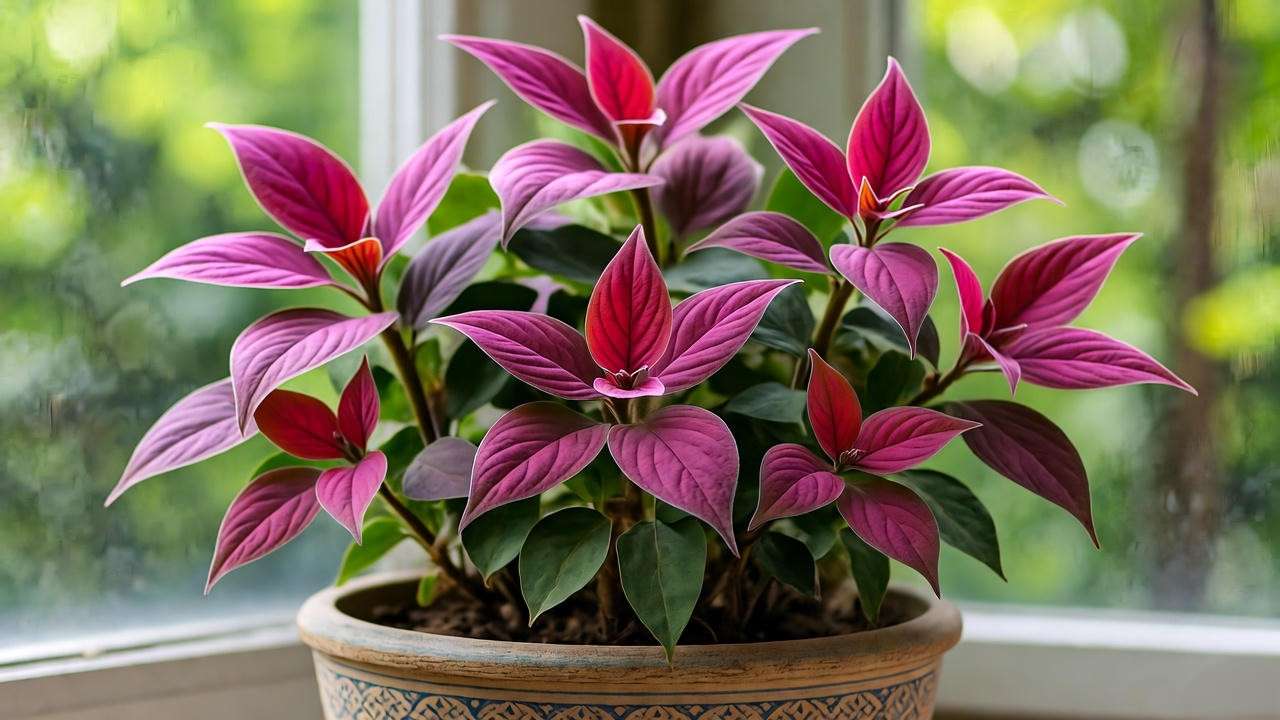
FAQs About Dragon’s Tongue Plant Care ❓
To address common reader questions and boost SEO, here are answers to frequently asked queries about Hemigraphis repanda:
- Is the Dragon’s Tongue plant toxic to pets? Good news—it’s non-toxic to cats and dogs, according to the ASPCA. However, keep it out of reach to prevent curious nibbling, which could damage the plant.
- How fast does it grow? With proper care, it has a moderate growth rate, spreading 12–18 inches in a year. Optimal light and humidity speed things up.
- Can it survive low light? It tolerates low light for short periods but may lose its vibrant colors. For best results, provide bright, indirect light.
- Why are my plant’s leaves curling? Curling often signals low humidity or underwatering. Increase humidity with a pebble tray and check your watering routine.
- How often should I repot? Repot every 1–2 years or when the plant becomes rootbound. Spring is the best time for minimal stress.
Conclusion: Your Path to a Thriving Dragon’s Tongue Plant 🌟
Growing a vibrant Dragon’s Tongue plant is easier than you might think, and the rewards are stunning. By providing bright, indirect light, consistent moisture, and a humid environment, you’ll unlock its full potential as a showstopping houseplant or garden accent. Experiment with propagation to multiply your collection, and get creative with displays to make it the star of your space. Whether you’re tucking it into a terrarium or letting it cascade from a hanging basket, this plant brings tropical flair to any setting.
Ready to see those fiery leaves light up your home? Start applying these tips today, and share your Dragon’s Tongue success stories in the comments or on social media—we’d love to hear how your plant is thriving! 🌿

